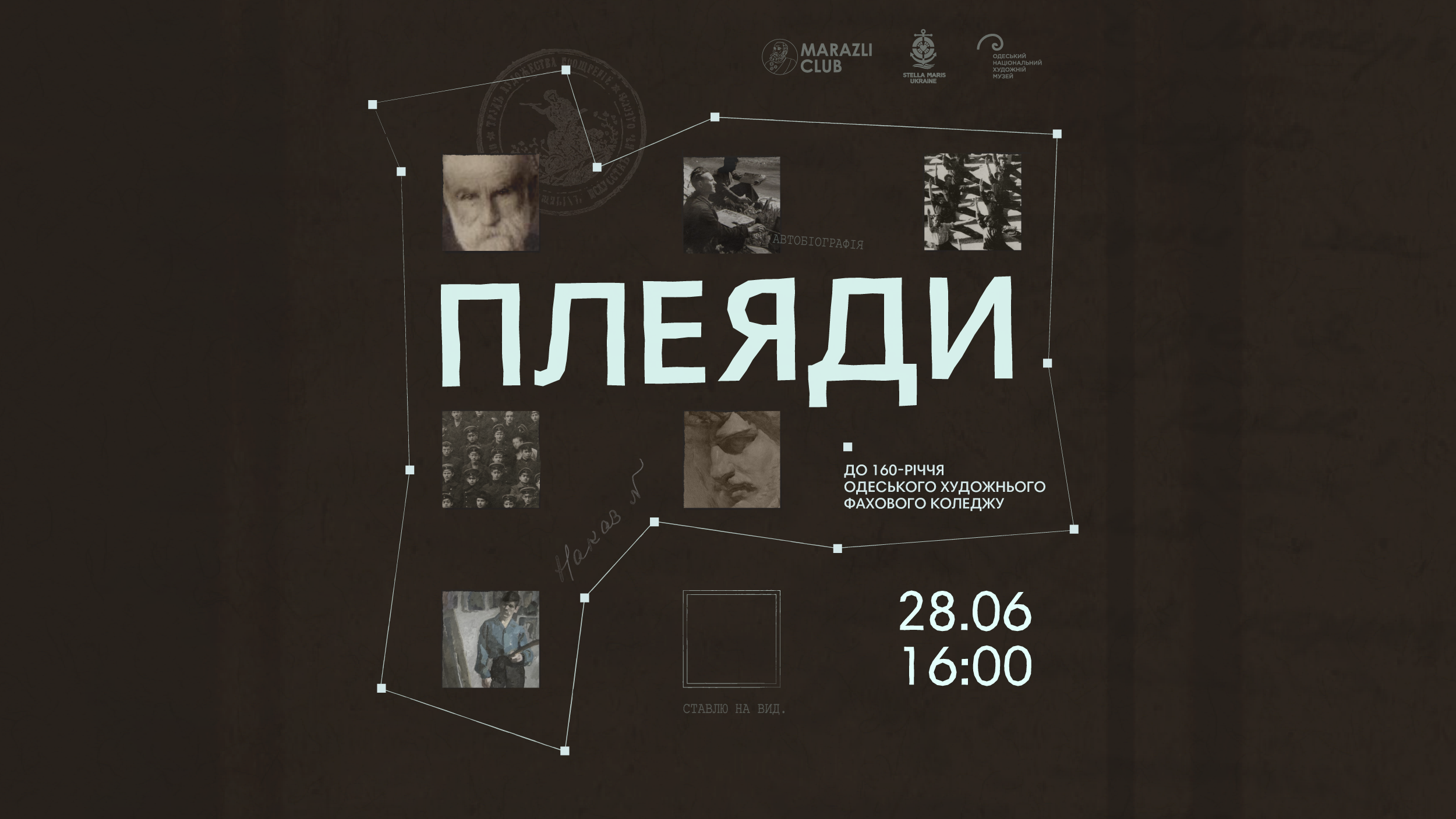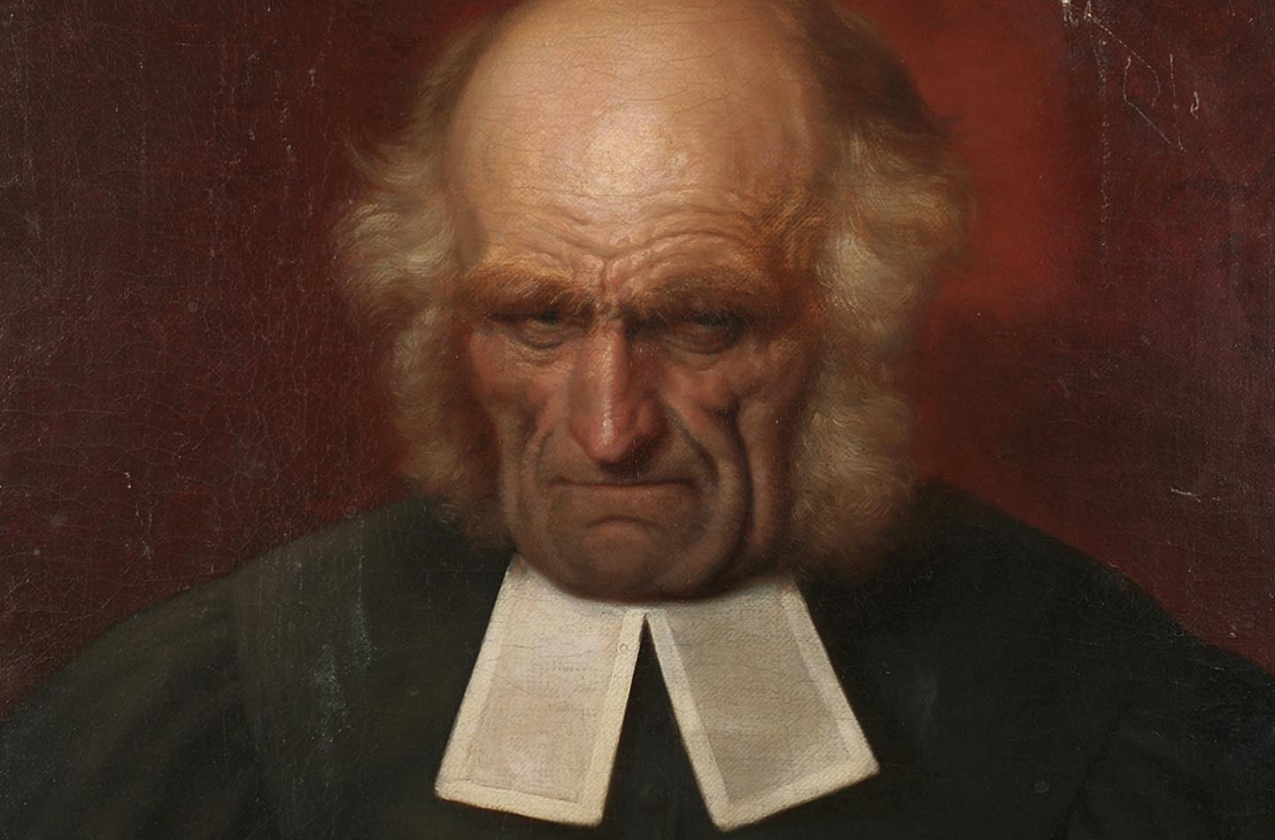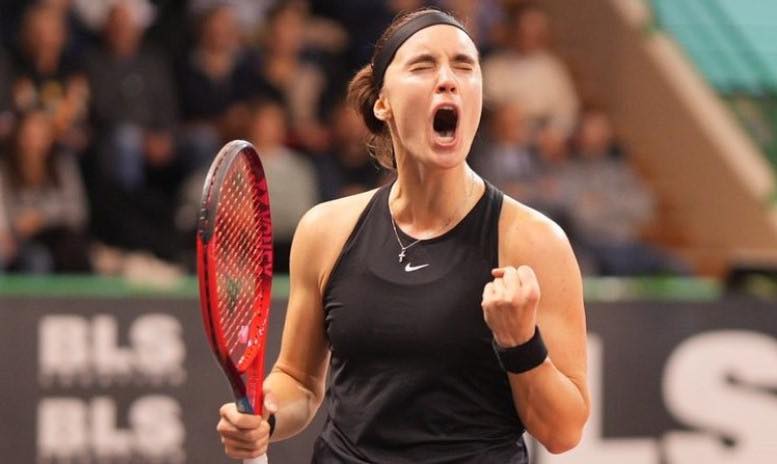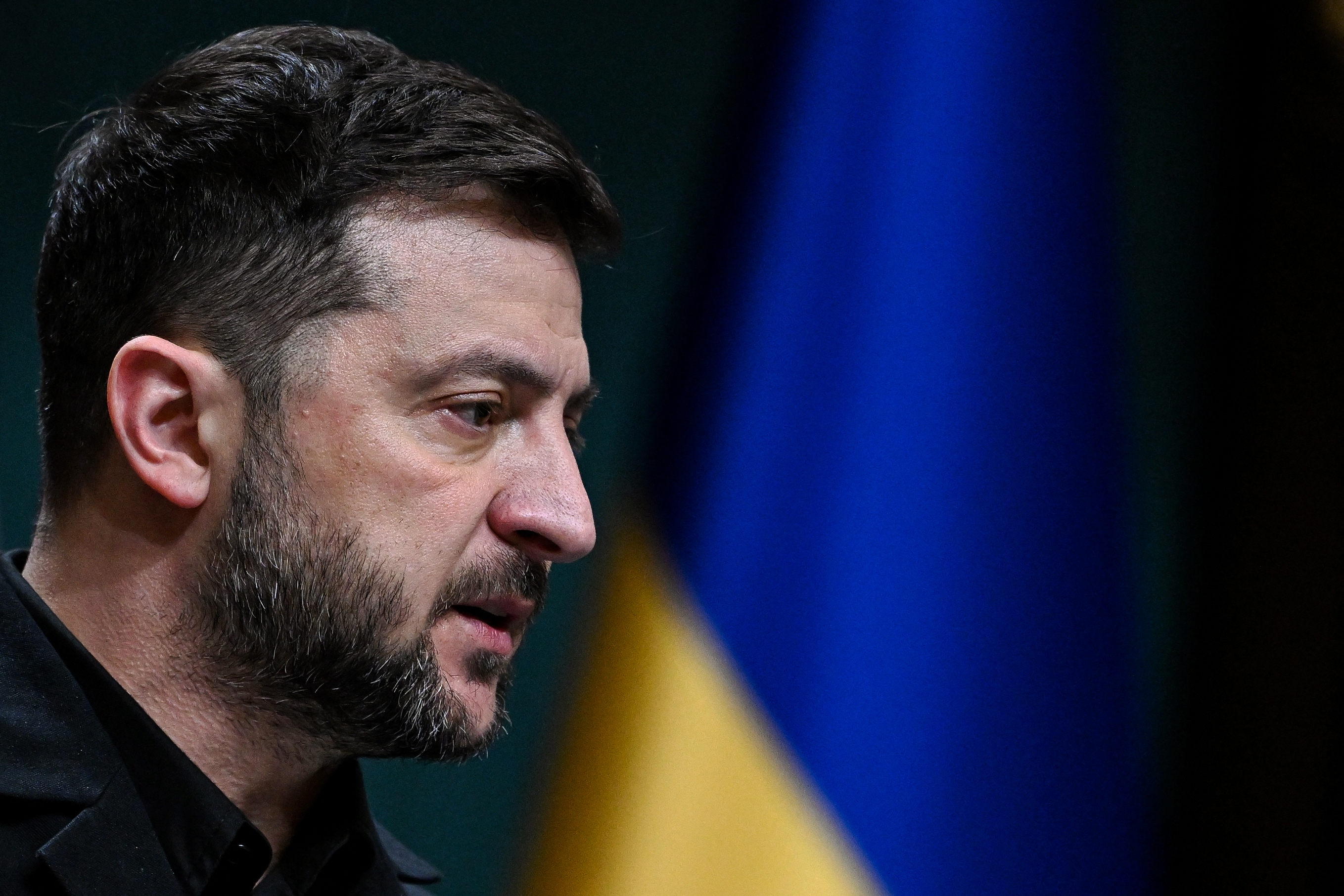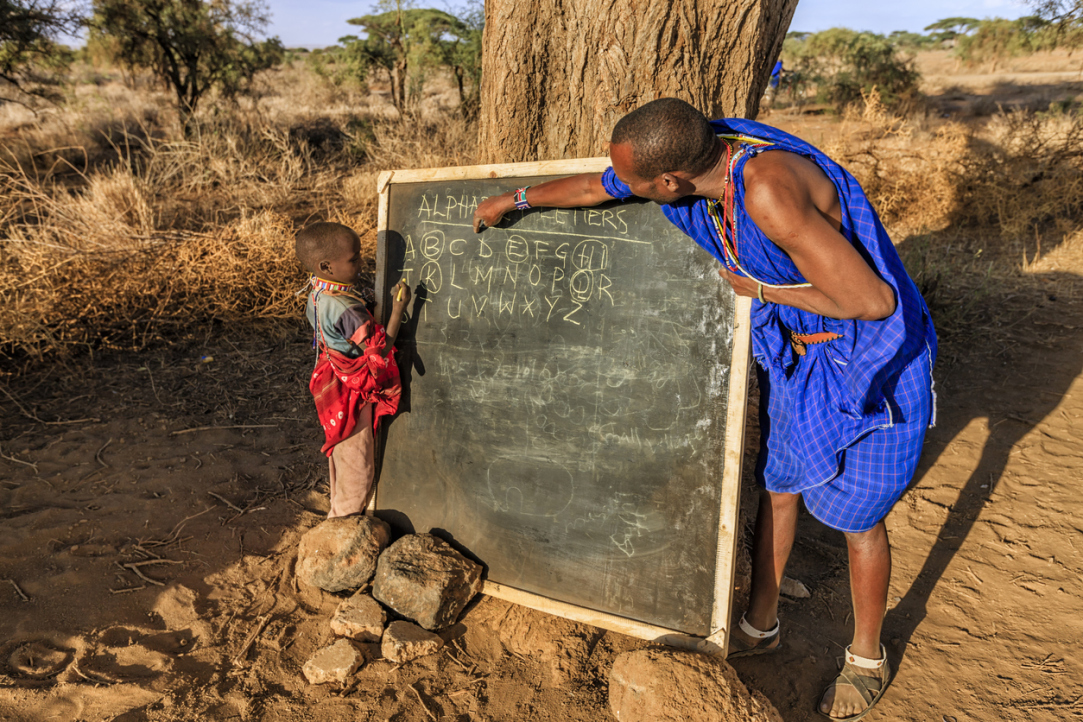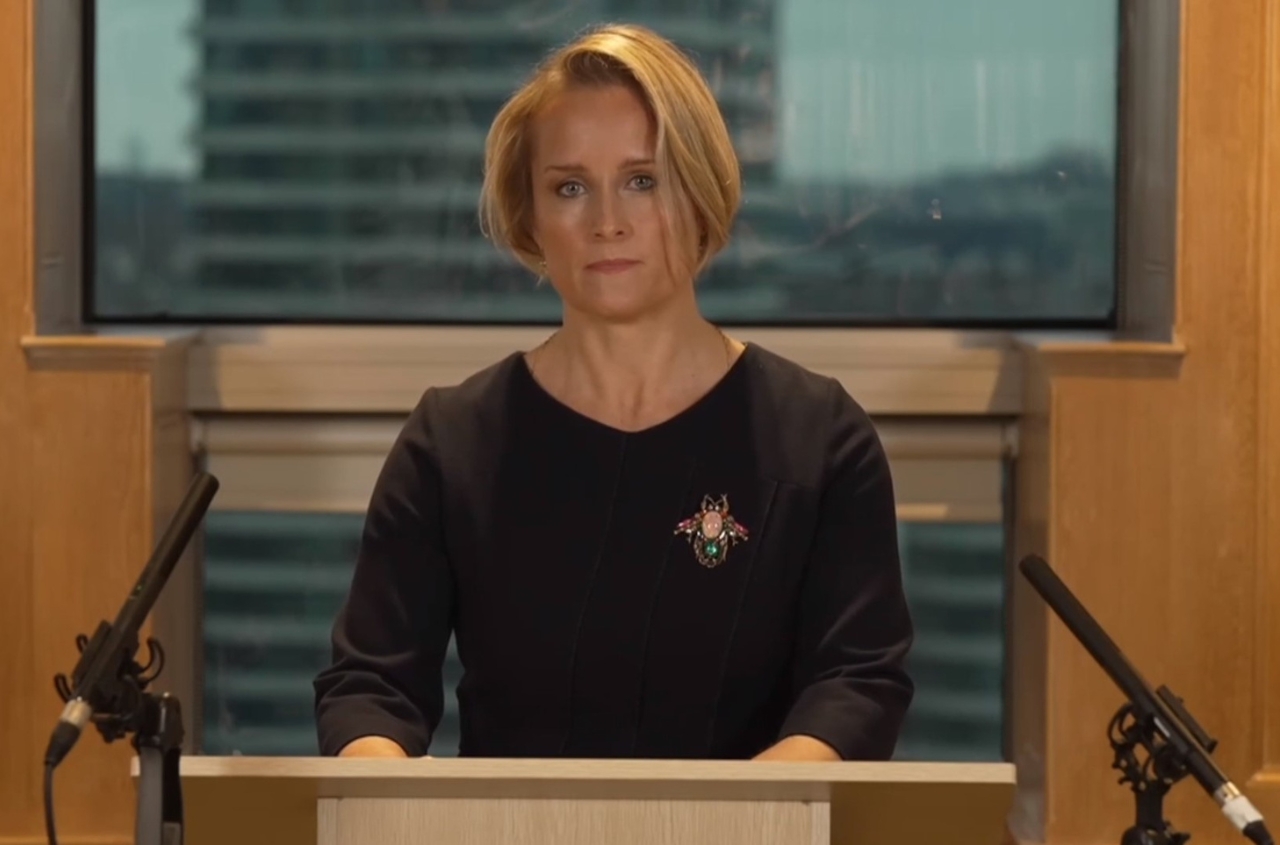A new major project, “Pleiades: On the 160th Anniversary of the Odesa Art Vocational College,” is opening at the Odesa Art Museum!
The exhibition opening will take place on June 28 at 4:00 PM at the Odesa National Art Museum, located at 5a Sofiivska Street. The project explores the history of the Mitrofan Grekov Odesa Art Vocational College from its founding in 1865 up to the early years of Ukraine’s independence.
Through a retrospective of student works, the exhibition traces changes in narratives, political regimes, and ideologies, as well as the role of art within them. Behind every artwork lies the life of real people — whole “pleiades” of young artists.
Reviewing the college’s history allows an appreciation of the importance of art education in shaping artists across generations and the institution’s role as a cultural hub. Today, despite the challenges of war and Russian attacks, Odesa’s “Grekovka” continues its work, balancing tradition with new realities.
“The ‘Pleiades: On the 160th Anniversary of the Odesa Art Vocational College’ project has been prepared by our team for over six months. It is a thorough archival and scholarly effort, resulting in the presentation of more than 300 student works displayed throughout the museum’s entire second floor. The history of art education in Odesa spans more than one and a half centuries of art, resistance, respect, and learning,” said Kateryna Kulai, museum director.
Main image - “The Pastor,” is the work of Friedrich Malman — the first director of the Odesa Drawing School, who agreed to lead it free of charge in 1865. This period marks the beginning of the exhibition “Pleiades: On the 160th Anniversary of the Odesa Art Vocational College,” opening on June 28.
At the newly established school, Malman, a graduate of the Munich Academy of Arts, taught a course on human anatomy for artists without pay. Alongside him, Romuald Hainatsky, Petro and Cezar Boni, Mykhailo Palamarenko, Oleksandr Neyman, Viktor Rentel, Romuald Fedorovets, Yosyp Mihursky, and Mykola Krushynsky also taught without charge.
Initially, the school was attended by only 30 students aged 9 to 14 from various social backgrounds, mostly artisans and workers. Despite financial difficulties, children from poor families were not charged tuition fees.
